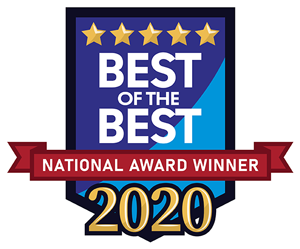You probably hear a lot of technical terms from your HVAC technician, and most of them are all Greek to you. One particular term you may usually encounter involves central air conditioning and forced-air systems. In this post, we explain the main differences between the two commonly interchanged terms.

What’s a Forced-Air System?
Any HVAC system that supplies temperature-controlled air into space via ducts and vents is called a forced-air system. This means that furnaces, electric heat pumps that use ducts and central air conditioners are all examples of forced-air systems.
The advantages of using a forced-air system include:
- The filtration can easily be upgraded
- Suitable for cooling the entire home
- Air is naturally dehumidified
- Requires little maintenance since there is only one unit
- Compatible with smart thermostats
The disadvantages of a forced-air system are:
- Costs more to install than standard air conditioners
- Ductwork is necessary
- Ducts must be sealed and cleaned every five years
- The operation may be loud
- Potentially higher energy bills
What’s Central Air Conditioning?
A central air conditioner uses the ducts, vents and plenums of your forced-air heating system to deliver the cool, clean air you need. The condenser, compressor and evaporator coils are the three main components that work to cool your home. This cooling system is independent of the furnace and instead utilizes an outdoor unit called a condenser.
The advantages of using a central air conditioning system include:
- Energy-efficient and operates without noise
- Thoroughly filters various airborne pollutants
- Doesn’t take up too much space
- Can be controlled from a single control panel which is easy to use
The disadvantages of a central air conditioner are:
- Requires the presence of ductwork
- Ducts should be professionally cleaned at least once a year
- May increase your energy bills when used incorrectly
You can count on EZ Air Conditioning and Heating for top-notch HVAC solutions, including heating repair, air conditioner installation and more. Our certified technicians are committed to providing industry-leading products and personable service to San Antonio, TX, residents. Call us at (210) 529-8668, or fill out our contact form to schedule a consultation.





















